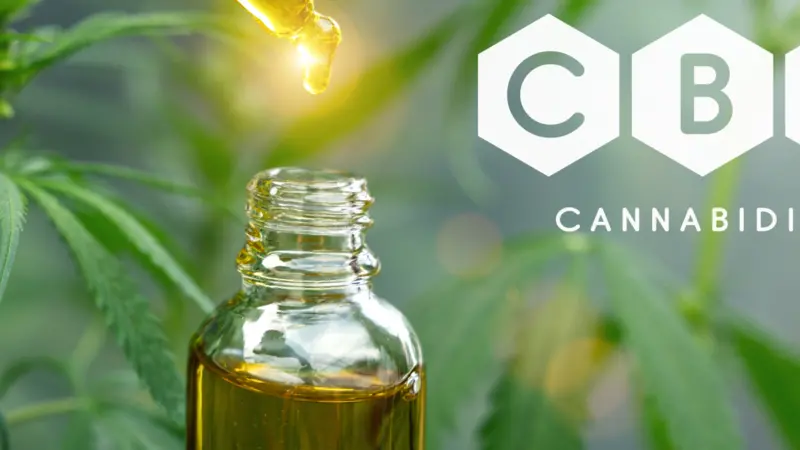

Lifestyle Medicine

Lifestyle Medicine
CBD: Where Are We At?
Overnight, it seems, cannabidiol, better known as CBD, became an add-in to coffee, smoothies, skin lotions, and more.
CBD is found in the hemp plant, a relative of marijuana, and is an important component of medical marijuana but lacks the ingredient that causes a “high.” The World Health Organization has determined there is “no evidence of public health related problems” or any indications of abuse or dependency in relation to CBD use.
CBD is popular as a remedy for anxiety, insomnia, and chronic pain. A European Journal of Pain study showed topical use of CBD delivered effective relief of pain from arthritis. Another study demonstrated that two of the most stubborn forms of chronic pain—inflammatory and neuropathic—were inhibited by CBD use.
The government’s position on CBD is confusing and contradictory. In all 50 US states it is now, to one degree or another, legal, and readily available online without a medical cannabis license. Since 2015 the Food and Drug Administration (FDA) has allowed researchers to conduct CBD trials. Although the federal government currently classes it with marijuana, which is still prohibited in many states, enforcement is rare.
As CBD is primarily sold as a dietary supplement, which falls outside of FDA control, there is concern about the purity and strength of some of the CBD products available. Some manufacturers have made false claims about their product, marketing it as a cure for cancer and other diseases. There is also some evidence that CBD could interfere with the efficacy of other medications.
While the CBD market remains largely unregulated, it is recommended that patients discuss the risks and benefits with their doctors.
REFERENCES
Grinspoon, P. (2020, April 15). Cannabidiol (CBD): What we know and what we don’t. Harvard Health Publishing. https://www.health.harvard.edu/blog/cannabidiol-cbd-what-we-know-and-what-we-dont-2018082414476


 By
By







